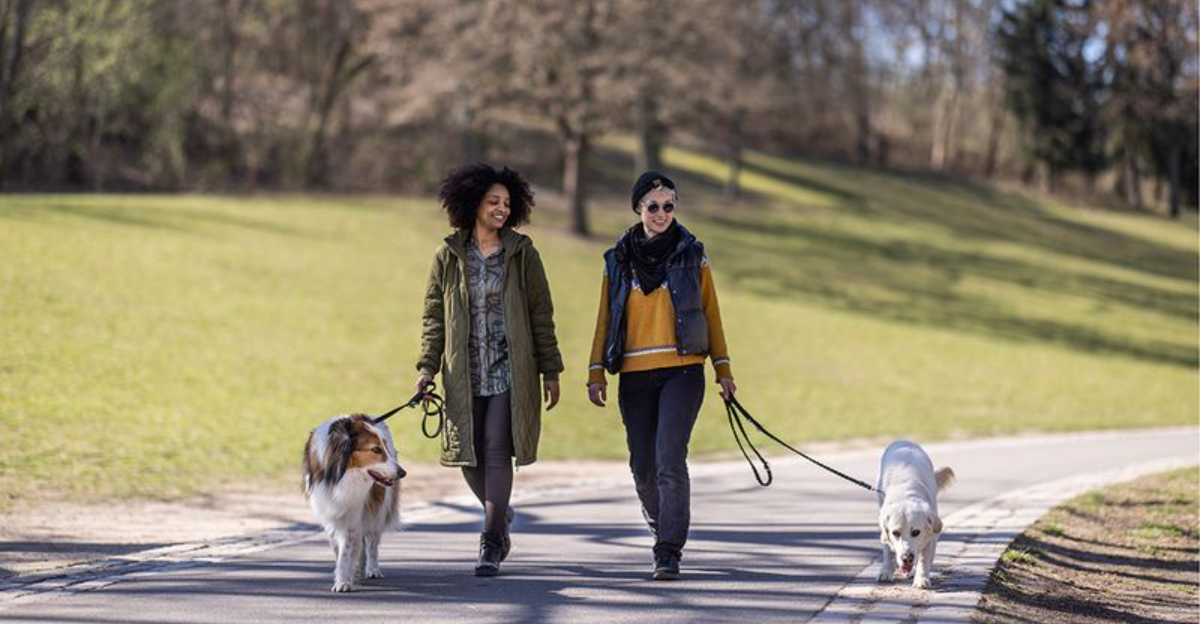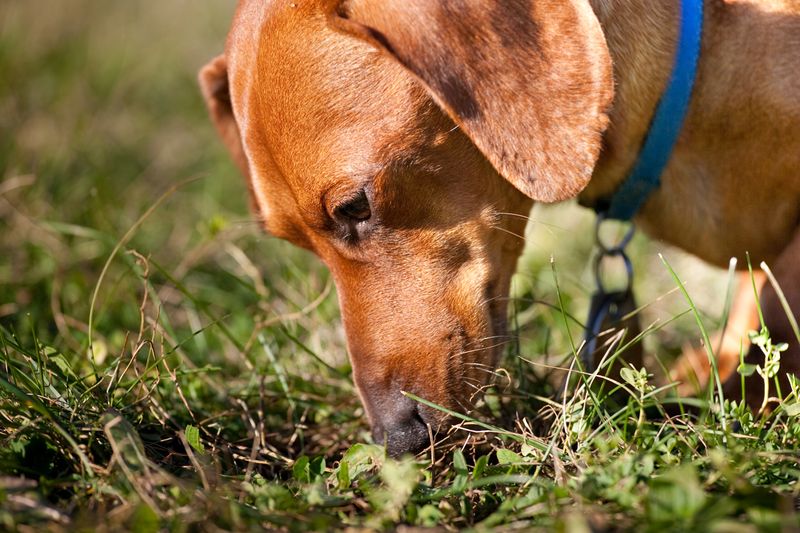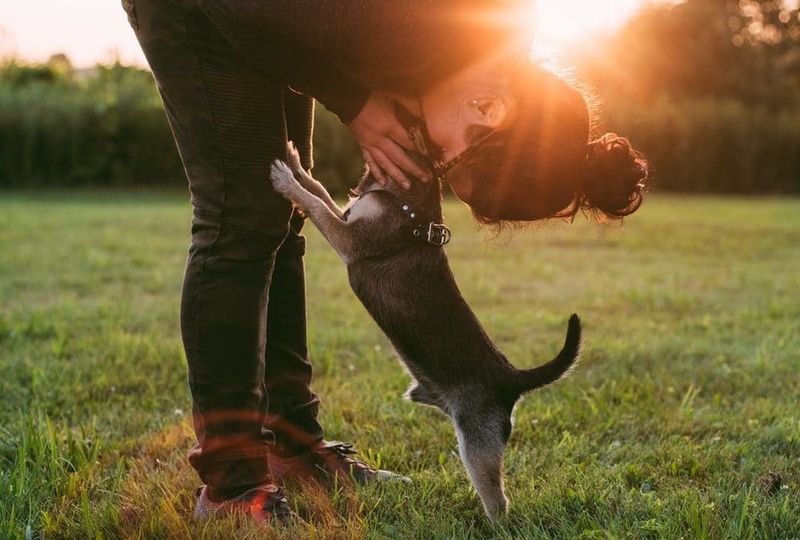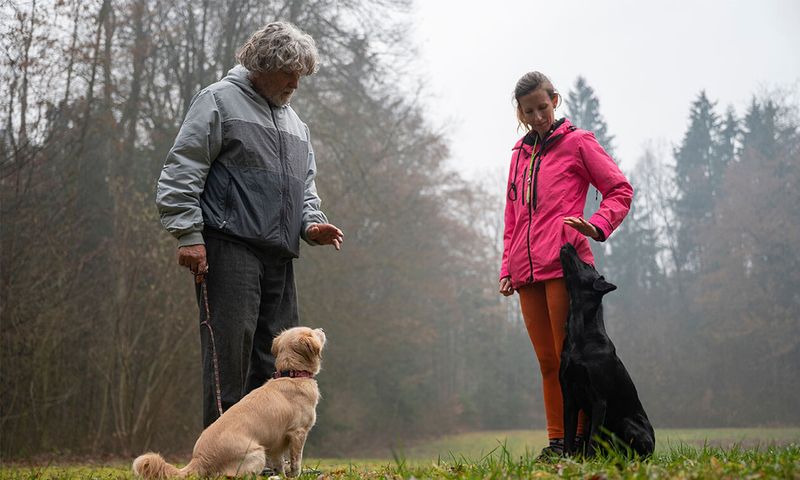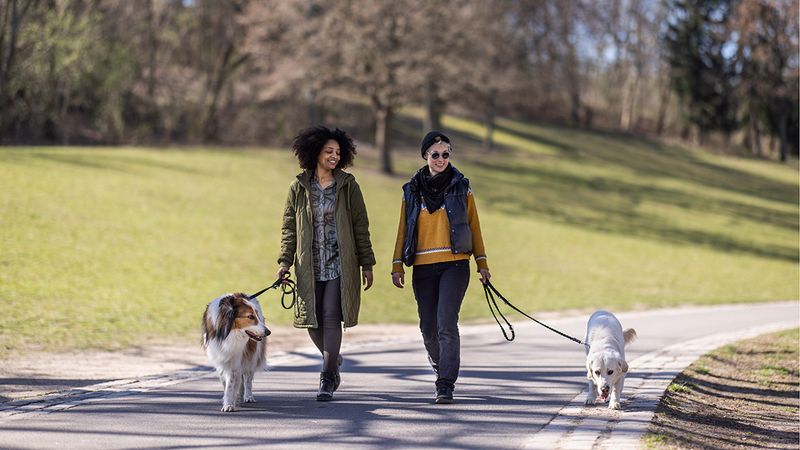Walking your dog might seem like a basic part of pet ownership—but for your furry friend, it’s so much more than a bathroom break. Daily walks provide vital physical, mental, and emotional stimulation that contributes to your dog’s overall well-being. Whether you’re raising a bouncy puppy or caring for a mellow senior, daily walks are one of the most important things you can do for your dog’s health and happiness. Let’s explore the many benefits of regular walking, and why it should be a non-negotiable part of your dog’s daily routine.
Physical Health and Exercise
Imagine your dog bounding with energy, every muscle working in harmony. Daily walks help your dog stay fit and maintain a healthy weight. From burning off excess calories to fortifying muscles and joints, the benefits are profound. Cardiovascular health improves, digestion becomes smoother, and bone density thrives. Even short, brisk walks can do wonders, especially if indoor activity is limited. The simple act of walking can transform your dog’s physical well-being, turning them into a picture of health and vitality.
Mental Stimulation
A world of scents, sights, and sounds awaits your dog with each walk, sparking curiosity and mental engagement. Exposure to new environments keeps their minds sharp, reducing boredom-induced behaviors. Meeting new people and animals helps socialize, building confidence. Even shy dogs find a boost in self-assurance from these sensory adventures. Walks are more than physical exercise; they’re a mental workout, encouraging exploration and alertness.
Emotional Well-Being
Every walk is a chance to strengthen your bond with your dog. This shared ritual provides stability and happiness, reducing anxiety through routine. High-energy breeds especially benefit from burning off nervous energy. The one-on-one attention during walks is vital, offering reassurance and emotional balance. Dogs are creatures of routine, and these moments together foster a sense of security and joy.
Training and Discipline
Walking provides the perfect setting for reinforcing good behavior and obedience. Commands like “heel” and “sit” are practiced in real-world situations. The distractions of squirrels or other dogs offer excellent impulse control training opportunities. These walks become classrooms without walls, where your dog learns discipline and focus. It’s not just about exercise but about nurturing a well-behaved companion.
Socialization Opportunities
Walks are gateways to new friendships and experiences. Dogs become comfortable around strangers and tolerant of other animals. Exposure to various environments lessens fear of unfamiliar sounds and movements. Early and consistent socialization during walks reduces reactivity and prevents aggressive behavior. It’s a journey of discovery, where your dog learns to navigate the world with confidence.
